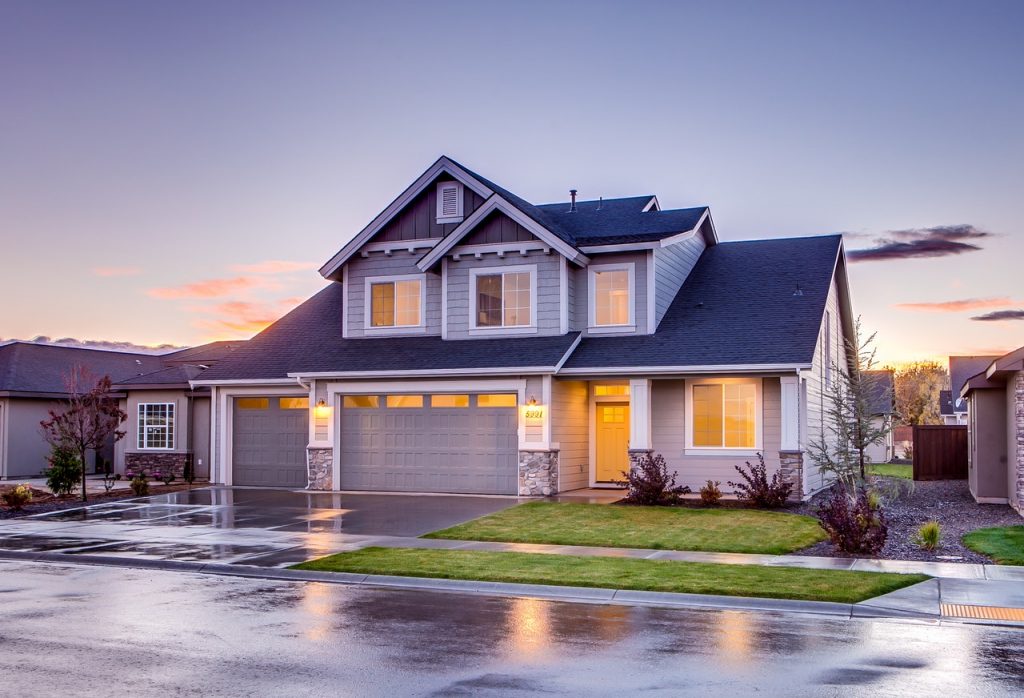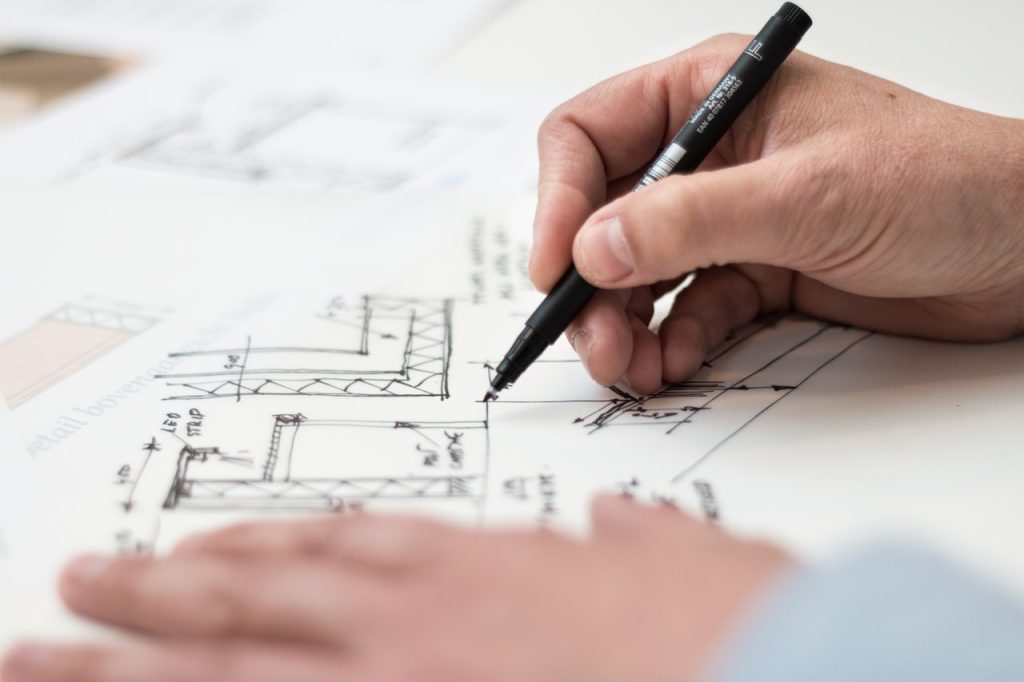The pandemic has significantly changed our lifestyle. The free movement of people has dropped to an unprecedented low level. Working from home has become the new normal— for those who can afford it, this new approach is even the beginning of an alternative office approach. The fate of millions of small businesses and employees makes work in urban centers uncertain.
These changes have triggered debates on how cities should be built and, more importantly, how to better respond to current and future crises. We believe that there are five main ways to influence urban planning in the next few years.
Focus on Providing Core Services
 The spread of the new crown pandemic in major urban centers in the world has raised questions about healthy population density. Are we becoming too urban? However, density is a prerequisite for a city to function, it is the reason why a city has become an economic, cultural, and political engine.
The spread of the new crown pandemic in major urban centers in the world has raised questions about healthy population density. Are we becoming too urban? However, density is a prerequisite for a city to function, it is the reason why a city has become an economic, cultural, and political engine.
Density is a prerequisite for providing effective urban services. As discussed in our ” World Resources Research Report: Towards a More Equal City “, too many people in today’s cities still do not have access to basic services. Due to a lack of access to basic services such as water, housing, and medical care, many cities face greater challenges in effectively responding to the new crown pandemic. The inability to obtain basic services in these cities has made it impossible for some areas to implement the lockdown regulations. Eliminating this urban service gap must be a priority for future cities.
Affordable Housing and Public Places
How we plan cities determines the resilience of cities to a large extent. The population density is high, but the lack of sufficient public space or affordable housing for the public will create problems. Therefore, in the early 20th century, Europe implemented a large number of housing laws to prevent the occurrence of many diseases. The new crown pandemic may also spur some changes, shifting people from temporary measures to maintain social distancing to focusing on improving the availability of affordable housing and public space (for example, improving more informal residential areas).
The restricted movements surely will influence open home design plans with enough space to move around should such a calamity occur again and force everyone to stay home and work from home.
Integrate Green and Blue Spaces
During the lockdown caused by the pandemic and precedent lockdown, city parks (as long as they remain open) were one of the few places where the flow of people increased. The new way of urban planning should be to introduce open space, watersheds, forests, and parks into the core of urban spirit and planning.
The overall planning approach combining green and blue infrastructure can improve public health, water management (floods can cause many infectious and other diseases after natural disasters), and climate adaptation and mitigation strategies. Also, the larger open space in the urban system can be used to help perform emergency services and evacuation tasks.
Strengthen Urban and Regional Planning
What happens in the city is not limited to the inside of the city. As we have seen, the ripple effect of this crisis on the economy will affect the supply chain and industrial chain in the surrounding areas of the city, as well as the global network.
We should learn from this unprecedented chaos to prepare for the next crisis. For example, we know that cities that are usually low-lying and prone to floods will become outposts of climate impact.
How can we ensure that the planning of future cities and surrounding areas are more resilient?
High-quality Rental and Sharing Living Spaces Demands Will Fall
About 67% of the heads of research departments in all regions of the world believe that the pandemic will have a mild or moderate negative impact on the demand for shared living space.
Rearrange Your Outdoor Spaces
The quarantine measures also highlight the advantages of owning private outdoor space, with two-thirds of respondents expecting an increase in demand for this type of space. Developers should consider these demands when making new home designs for future houses.
Those who do not have a private outdoor space will retreat and want to be close to public green spaces. Therefore, opening up green space may become a priority consideration in house purchase decisions. With the continuation or promotion of the home office, some people will have the idea of moving to the suburbs.
Nearly half of the research directors believe that the demand for housing in the suburbs will increase, while the rest expect demand to remain unchanged.
We need more comprehensive urban and regional planning around the economy, energy supply, transportation networks, and food production so that these networks can become the backbone of resilient cities, rather than weaknesses. This planning method will bring together more diverse stakeholders to form a stronger alliance for change.





